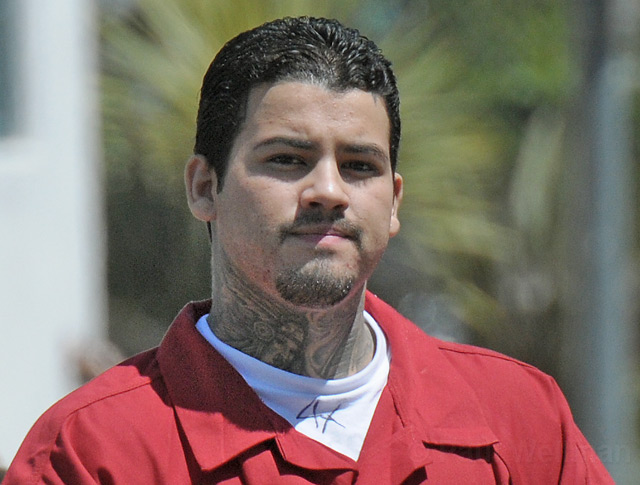Robles to Stand Trial
Judge Rules Enough Evidence to Move Case Forward

Friday, August 20, marked another installment in the trials of Adrian Robles, the 20-year-old man accused of the Hendry’s Beach stabbing. Robles appeared before Judge Brian Hill facing a murder charge with special gang-related allegations
A private attorney, Steve Balash, is the defense attorney representing Robles; Senior Deputy District Attorney Hilary Dozer is the prosecutor.
Friday’s hearing picked up where Thursday’s left off: the testimony from Detective Jarrett Morris. The session lasted only a couple hours. Morris was examined by Dozer first and Balash second.
Dozer focused his examination on gang protocol and the thorough recounting of Robles’s record—a tally of about 16 infractions, many of which were juvenile charges, as Balash later pointed out. In many of these cases, Robles was charged with possessing stolen goods and illegal weapons.
Detective Morris was then asked to explain the all-important currency of respect in gang relations—an unbending system in which respect is gained only inasmuch as it is elsewhere lost. Respect is also metonymic, he explained: to disrespect one gang member is to disrespect the gang as a whole. And conversely, if one gang member is disrespected, he has the responsibility to retrieve it for the entire gang.
“Respect is everything to a gang member. Robles was disrespected. Gallegos observed Robles being disrespected,” Detective Morris explained. “Gallegos decided Robles was not taking care of his own business, and Gallegos took on Simpson to gain respect back for the gang.”
Morris derived his expertise partly from his time employed with the Santa Barbara County Jail. Because one of the charges involves proving gang affiliation, confirming the collective culture and style of gang identification is important.
There is the garb (he cited baggy clothes, Dickies, knee socks), the tattoos (he detailed Robles’s tattoo collection), and, of course, the monikers—Robles goes by Wacko. He described common gang tags, along the way supplying definitions of “bruta” (slang for “Santa Barbara”) and “sureño” (Southern California Hispanic gang members).
He was asked about the notion of “jumping” and how it relates to the three levels of membership: associate, general, and hardcore. Unlike an associate (who, he explained, is more of a hanger-on), a general member has been jumped (engaged in a fight to test his gang allegiance). Finally, a hardcore member calls the shots. It was unclear from Morris’s analysis which level of membership Robles had attained.
He describes Santa Barbara’s gang landscape as being boiled down to a simple geographic binary: the Eastside versus the Westside. Though at least nominally delineated by city lines, the gang’s activity bleeds out into the surrounding county. (Goleta, he mentions, is a point of activity due to its proximity to San Marcos High, where some Westside gang members are enrolled.)
For the cross-examination, Balash asked Morris if he had heard Gallegos’s testimony the day before, wherein Gallegos claimed to have disassociated from the gang. Morris said he had, and that he disagreed. Balash went on to emphasize Robles’s age (he is 20) and suggested that Morris’s testimony hinged on hypotheticals.
Judge Brian Hill announced that there was sufficient evidence to hold the defendant, and the arraignment date was set for September 14.


